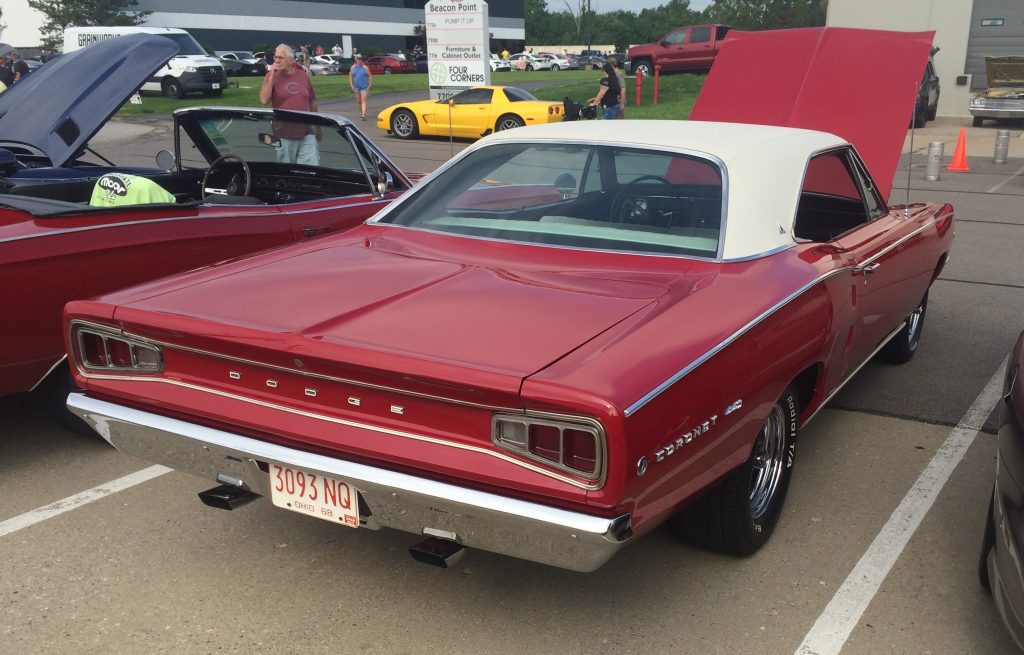Got questions?
We’ve got the answers—the Summit Racing tech department tackles your automotive-related conundrums. This week, we help cure drivetrain vibration and increase 60-foot times.
Q: I have a Dodge Coronet with a 1972 440 and a 727 Torqueflite transmission. The 8 3/4-inch rear axle has 3.90 gears and a Sure-Grip posi-traction rear-end. It is suspended by leaf springs with seven and six leaves each.
I think the car should be running mid 13-second quarter-miles, but the best I can do is 14.20s, and I have a vibration in the drivetrain. I think I need to change the pinion angle of the rear axle in relation to the driveshaft. What should the pinion angle be, and how do I go about checking it and setting it.
J.L.

A: Your pinion angle should be set from -4 to -6 degrees. If the car is street driven at all, keep the angle at -4 degrees. To check this, you need to find the difference (in degrees) between the driveshaft and the pinion. You can do this with an angle finder from Competition Engineering.
The procedure is rather simple. Put the back end of the Coronet on jack stands and put the transmission in neutral. Move the pinion so the yoke is up and down, then place the angle finder on the U-joint cap to measure the angle. Turn the driveshaft until the pinion yoke is horizontal (left to right). Place the angle finder on the U-joint cap and measure the angle. The difference between the two measurements will show you what the pinion angle should be. Fixing this problem should cure your vibration, give you better traction, and reduce your 60-foot times.

Comments